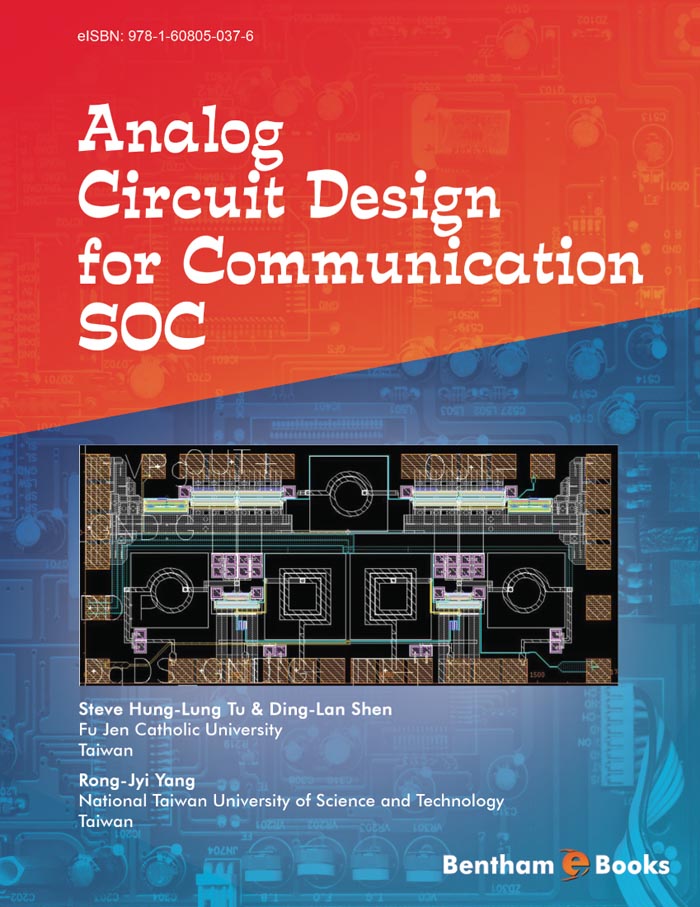Preface
SOC refers to system-on-a-chip which is a trend for integrated circuit development intended to a higher integration level by combining high-performance, state-of-the-art packaging technology and the integration of complex capabilities onto a single chip. Analog circuit design, especially for communication applications is still the design bottleneck due to the involved design trade-offs between supply voltages, noise, linearity, gain, power, and operating frequency. Meanwhile, the tough challenge of SOC is to replace the functions of high-performance individual ICs conventionally implemented by different supply voltages and fabrication technologies with fully integrated on-chip solutions.
The chief motivation of this book is to bridge the gap between the conventional analog circuit and the state-of-the-art communication circuit visions in SOC design. The combination of both subject matters in the book can present their design challenges under the SOC design considerations, which will come out some novel design techniques for SOC. Starting from the introduction of the conventional ASIC design methodology the SOC design concept – IP reuse is presented. The carrier frequency converter for communications, mixer and its corresponding circuit design techniques will be addressed in Chapter 2. In Chapter 3, large-signal power amplifier (PA) design issues will be presented. Two kinds of fundamental PA architectures will be investigated: spectrum-efficient linear PA and power-efficient nonlinear PA for different modulation schemes. Frequency synthesis of a communications system performed with a phase-locked loop (PLL) will be described in Chapter 4, in which a detailed presentation of several architectures will also be discussed. Chapter 5 deals with the most difficult challenges of a wired communications system, clock data recovery (CDR) techniques. Moreover, consumer SOCs typically deal with real-world environments in which the inputs and outputs are analog signals such as audio, video. This makes circuit elements such as analog-to-digital, digital-to-analog converters integral parts of an SOC system solution and in Chapter 6 and 7 we present the Nyquist-rate data conveter and oversampling data converter design techniques, respectively. Supply voltage regulation for an SOC system is required since the system may comprise different supply voltages for different functional blocks on the same chip. To discuss this issue, we will explore the supply voltage regulator design for SOC at the final chapter.
Steve Hung-Lung
Tu Rong-Jyi Yang
Ding-Lan Shen

